Texas woman receives bloodless heart transplant, respecting her Jehovah's Witness beliefs
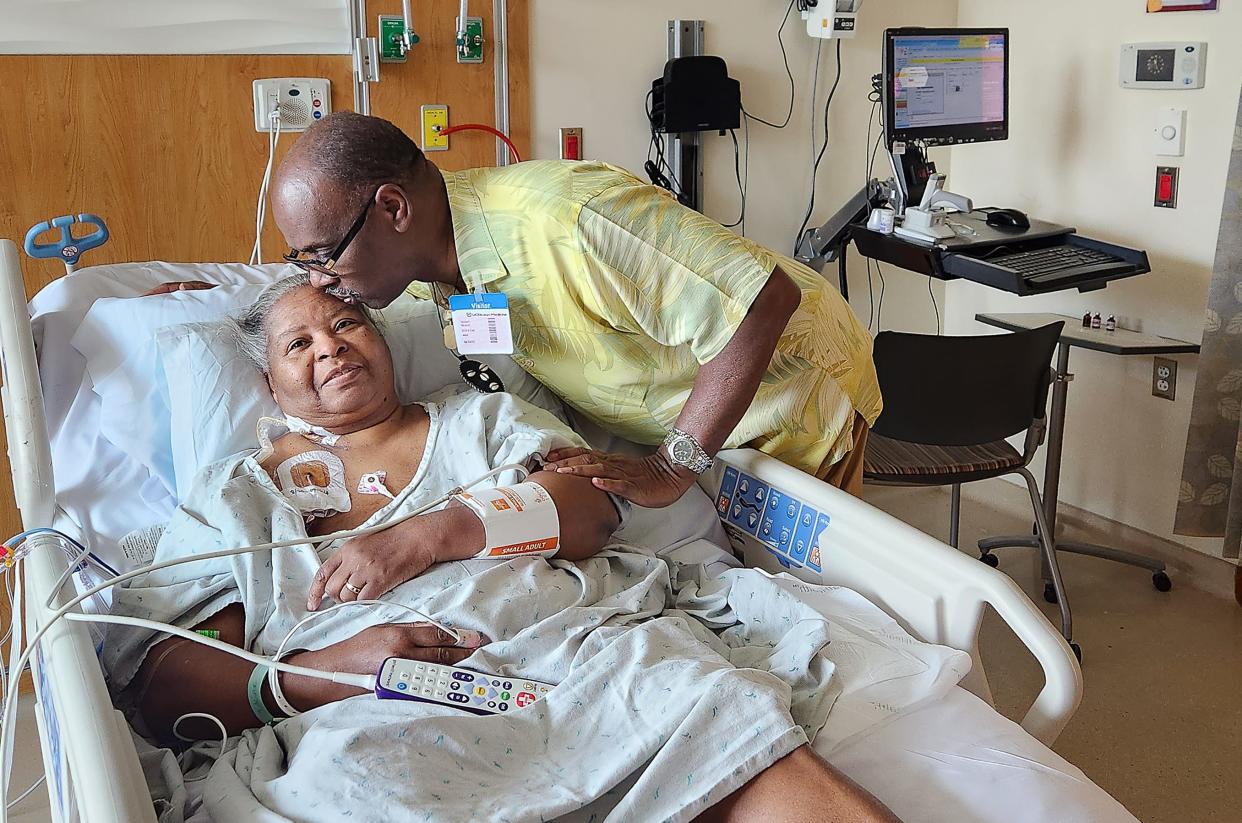
Carolyn McLeod is walking the block outside the Chicago apartment where she and husband William are spending this year. Afterward, she's planning to go out to eat Chinese food.
She can feel her heart beating with her all along the way.
"I'm feeling good," she says. "I was able to trek a whole lot farther than I've done in months."
McLeod, a 65-year-old Buda woman who was known by a generation of children as the cafeteria manager at Barton Hills Elementary School in Austin, has needed a heart transplant since she was diagnosed with heart failure in 2005.
Her prayer was answered on Labor Day.
It took her 18 years because McLeod and her husband are Jehovah's Witnesses and follow the practice of not accepting blood transfusions or any blood products for religious reasons.
They believe that no blood should be spilled except as God authorized for the atonement of sins, as illustrated in the practice of animal sacrifice in ancient Judaism. They also point to numerous parts of the Bible that talk about not eating blood or about abstaining from blood, which they liken to transfusions. They also believe only the blood of Jesus Christ can redeem them or save their lives.
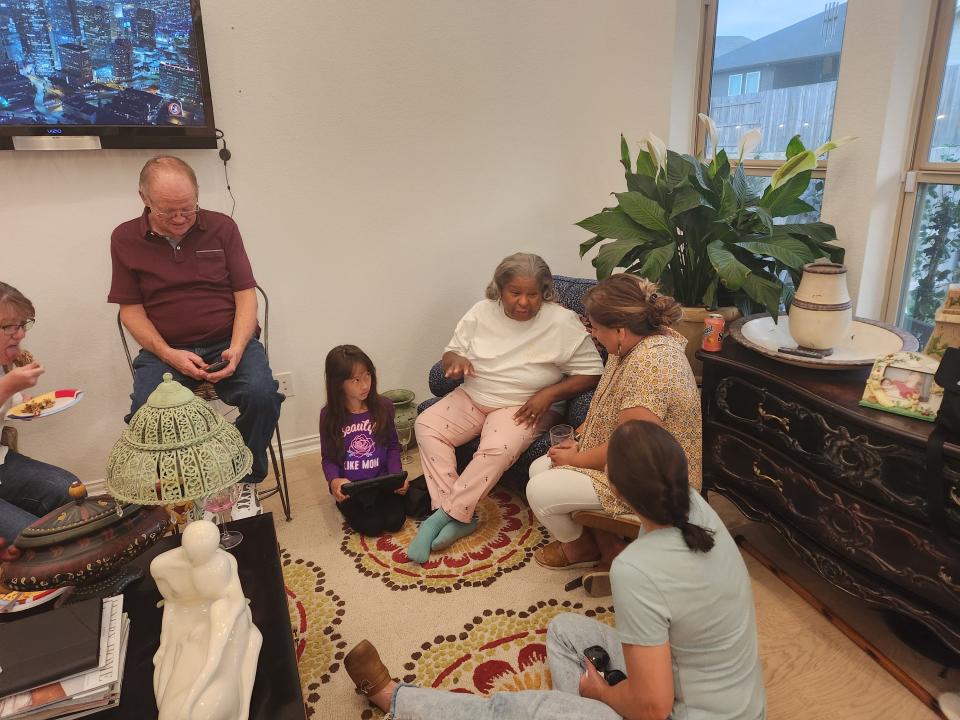
"While a heart transplant may be useful in preserving our lives temporarily, the Scriptures are clear that everlasting salvation is only possible through the offering of the greater Passover lamb, God's son, the Messiah, Jesus Christ," William McLeod explained.
Carolyn McLeod was sent to Chicago because her doctors in Austin could not agree to do a heart transplant without having blood products available. Ascension Seton did not comment on why a bloodless transplant is not available, but most hospitals do not perform them for liability reasons.
After years of them thinking they had no options, their doctor in Austin recommended they get listed at the University of Chicago, which has been doing bloodless heart transplants and other bloodless heart surgeries since 1994.
What's different in a bloodless heart transplant?
A typical heart transplant is a bloody procedure, and about 60% of patients need some additional blood, said McLeod's transplant surgeon, Dr. Valluvan Jeevanandam. Other programs, he said, "don't want to take on the risk that you do a heart transplant and the patient ends up dying because they couldn't get blood," he said. "Most programs don't want to take the risk."
Jeevanandam's program has hired bloodless coordinators to oversee the bloodless heart transplants and other procedures and verify to the Jehovah's Witnesses community that surgeries are done this way. That team makes sure that no blood enters the room; it has a big sign noting it's a no-blood zone, and the patient's medical record indicates it as well.
"We may not have the same faith or beliefs as they do, but we respect their beliefs," he said.
He does let his Jehovah's Witness patients know that there are limits to what he can do and there are barriers, but he doesn't go into a bloodless case thinking he can persuade the patient to accept a blood transfusion once the person gets sick enough.
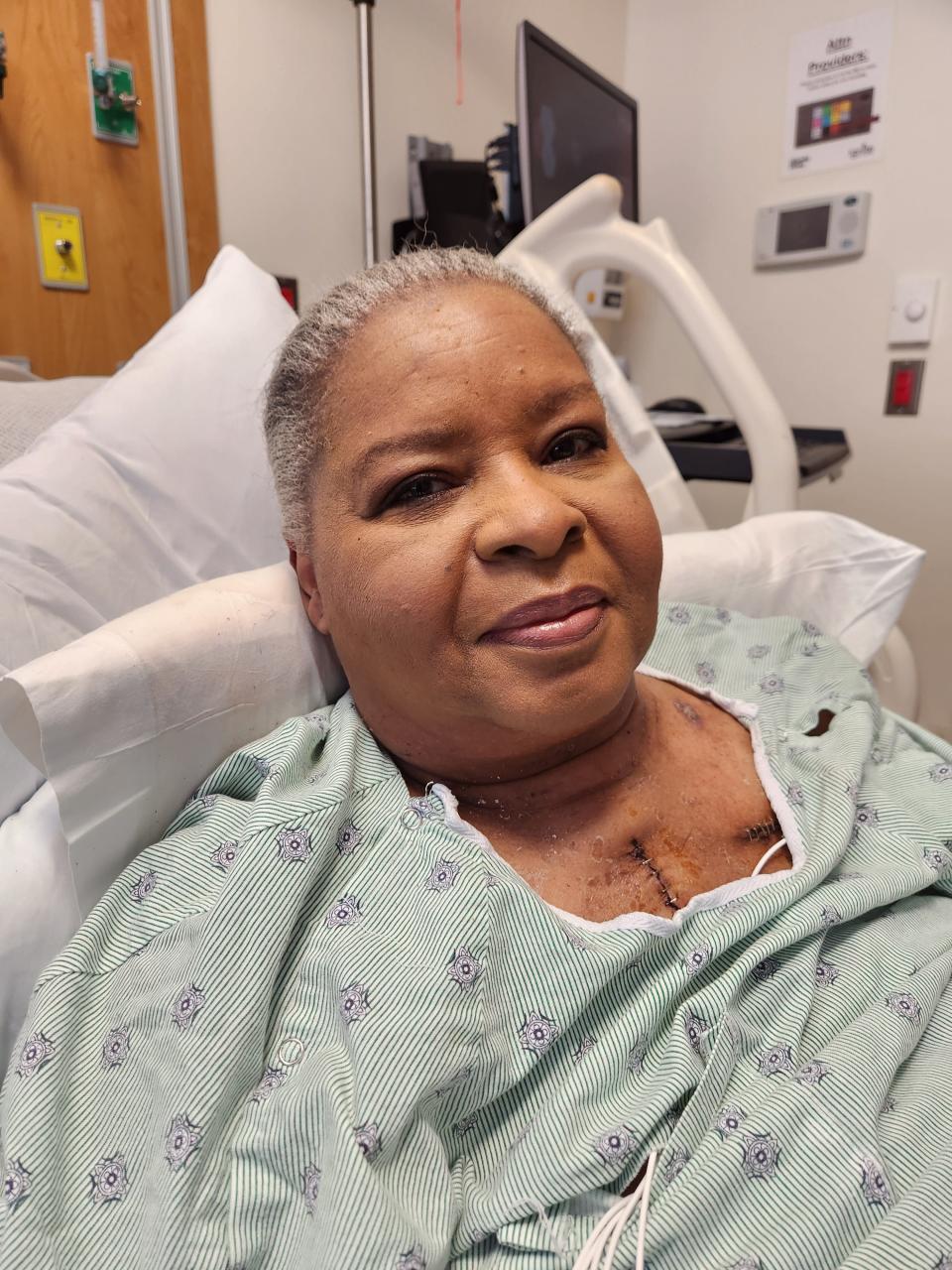
Inside a heart transplant: First heart transplant at Dell Children’s gives life to new program and a boy
Waiting and hoping for an option
The McLeods believe some of their doctors in Austin were hoping Carolyn would eventually agree to be listed for a heart transplant here and agree to a blood transfusion if needed.
In 2005, Carolyn had begun to tire easily and slow down. She would tell her husband that "she was just working hard."
But, then one day, she told him, "William, I'm sick. I need a hospital now."
Within a few hours of her arrival at Ascension Seton Southwest Medical Center, doctors decided her heart was too sick for her to stay there, and she was transferred by ambulance to Ascension Seton Medical Center, which has the heart failure and transplant program.
"She was in bad shape," William said, but doctors were able to manage her through medications, and the McLeods rode the wave of heart failure — sometimes she was desperately ill, but then she would recover, only to get sick again.
Her school saw her through many of those first ups and downs. "What those teachers and parents did for my wife ... When my wife first got sick, those parents and teachers made food and sent it to our house for three months. We had to tell them to stop sending food."
Around 2010, it became clear that Carolyn couldn't work anymore. "It was so much the day we had to tell them she was going on leave," William said. "I was crying in the principal's office."
The first time a heart transplant came up, William said, "she was just too sick and too many things were going on. They didn't think she would survive the operation."
"The second time, years later, the hematologist wouldn't approve it because she wouldn't accept a blood transfusion."
Finally last year, the McLeods with their Austin doctors reached the conclusion that she couldn't wait in Austin any longer. They sent her file to Houston Methodist Hospital, the University of Chicago Medical Center and Los Angeles' Cedars-Sinai Medical Center — all three of which will do bloodless transplants.
Houston Methodist told them Carolyn had too many comorbidities. She had had two strokes and a heart attack, and she had diabetes and chronic thromboembolic pulmonary hypertension in her lungs. Cedars-Sinai never responded, but the University of Chicago opened its doors.
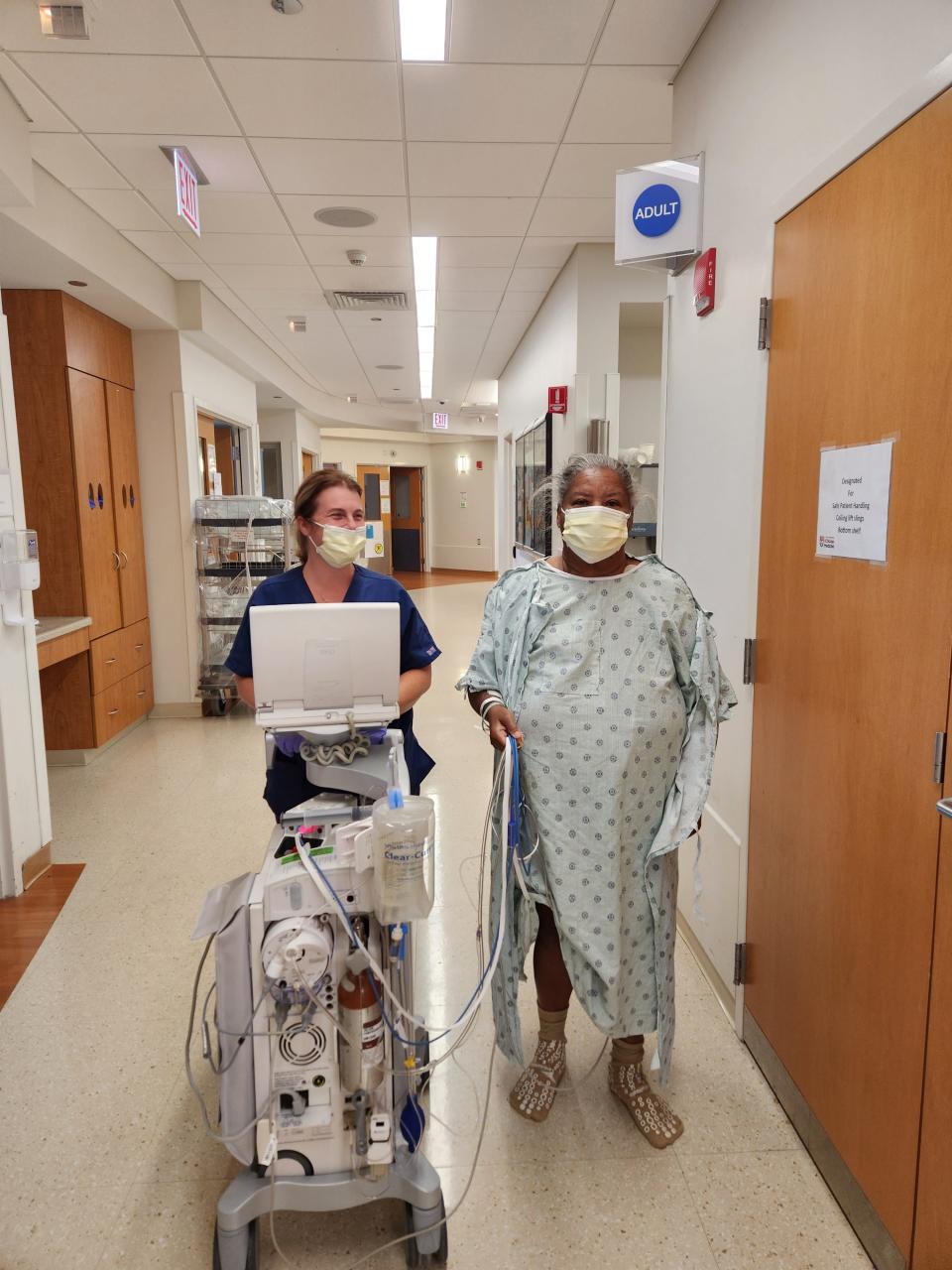
Becoming a donor: Why I chose to celebrate life by becoming a living kidney donor
A chance for hope in Chicago
The McLeods arrived in Chicago on May 8 and met with Jeevanandam and the team May 10.
"Her case is complicated," William said, but in Chicago, "they treated it just like it was nothing to them."
Jeevanandam said the key is the way the bloodless transplant patients are managed and prepared before, during and after surgery. He's been able to achieve results that are the same in the bloodless transplant patients as the regular transplant patients.
The bloodless transplant patients also have reduced risks of an inflammatory reaction in the lungs and intestines, he said, but they do have a lower oxygen level, which is what the blood helps boost.
Jeevanandam has developed a protocol to get the bloodless patients' hemoglobin to a high number. The hemoglobin is the protein in the red blood cells that delivers the oxygen to the tissues.
During the surgery, Jeevanandam said, the perfusionist has a different protocol for when the patient's blood is circulated through the bypass machine instead of the heart. The perfusionist doesn't dilute the blood with a solution, which is typically done. By not putting that solution in, Jeevanandam said, they maintain the coagulation factor, which actually benefits the patient. Sometimes if the patient is dehydrated, they will decrease the anesthesia and lower the patient's head to get more of the blood to go to the brain.
He also will cauterize the sternum where he cuts to access the heart two or three times to make sure the area is absolutely not bleeding before starting the transplant part of the surgery, and he has to be meticulous after the transplant is done and he's closing up the sternum to make sure there are no bleeding vessels.
"There's a lot of tricks we do," he said. "It's a lot of thinking .. where is the blood loss going to be and how do we prevent it from happening."
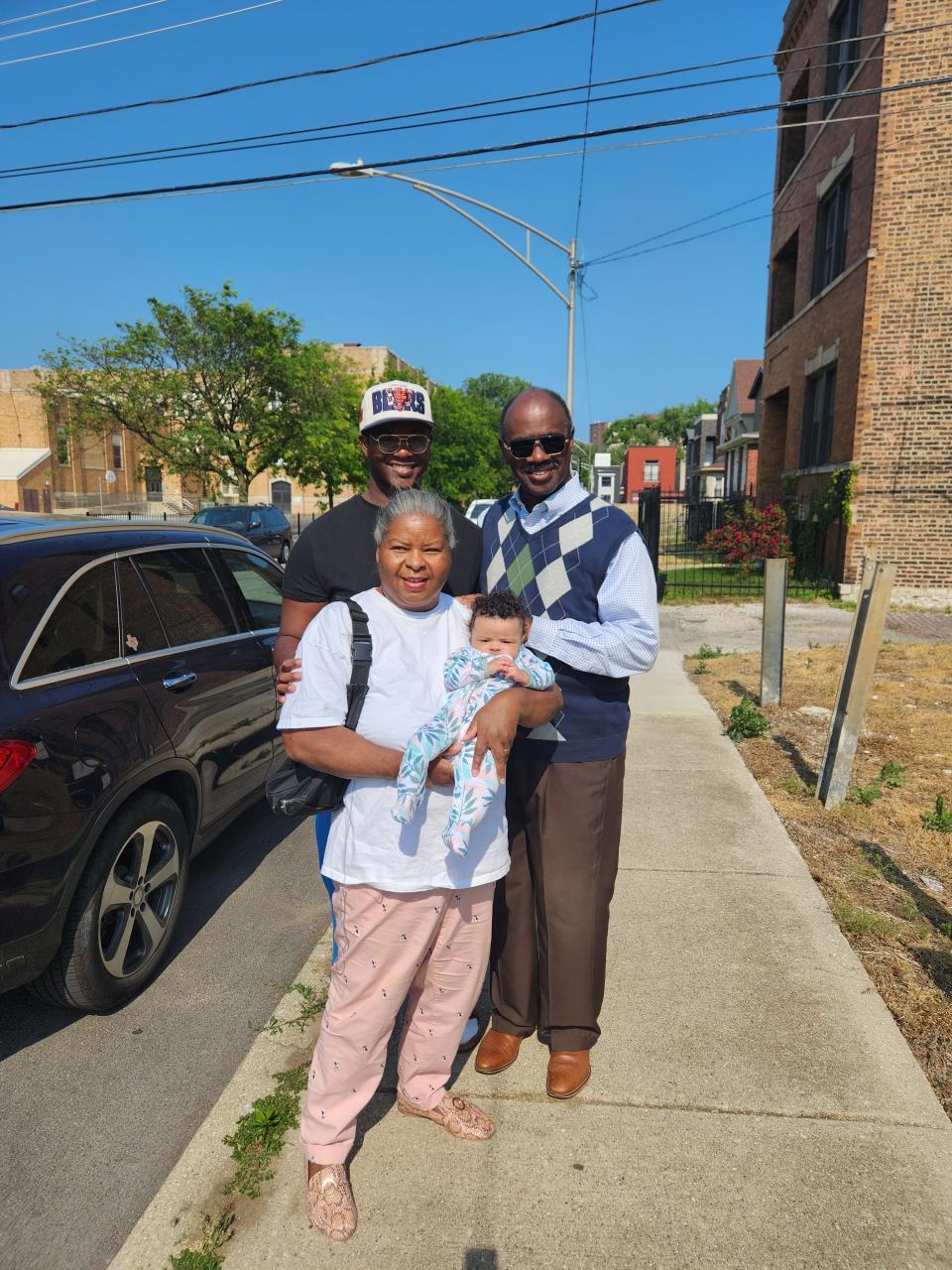
In a bloodless case, more alarms will go off, Jeevanandam said, because they are using just blood to go through the bypass machine and not fluid.
Jeevanandam said he also knows he has to be more meticulous with a bloodless transplant.
"One bad stitch can doom the day," he said.
Because blood isn't being added to fix a situation, they watch the hemoglobin levels carefully to avoid kidney failure or damage.
That meticulousnesss and extra steps mean the surgery typically takes 25% to 30% longer.
Deaths have happened, but usually not in the operating room. They can happen during the recovery from complications, some of which might be helped by a transfusion.
"It starts with the leader," Jeevanandam said. "If we are going to take on the responsibility of holding their faith, if somebody doesn't make it, is there anything else different we could have done?"
And sometimes he thinks, "Maybe it's a higher being."
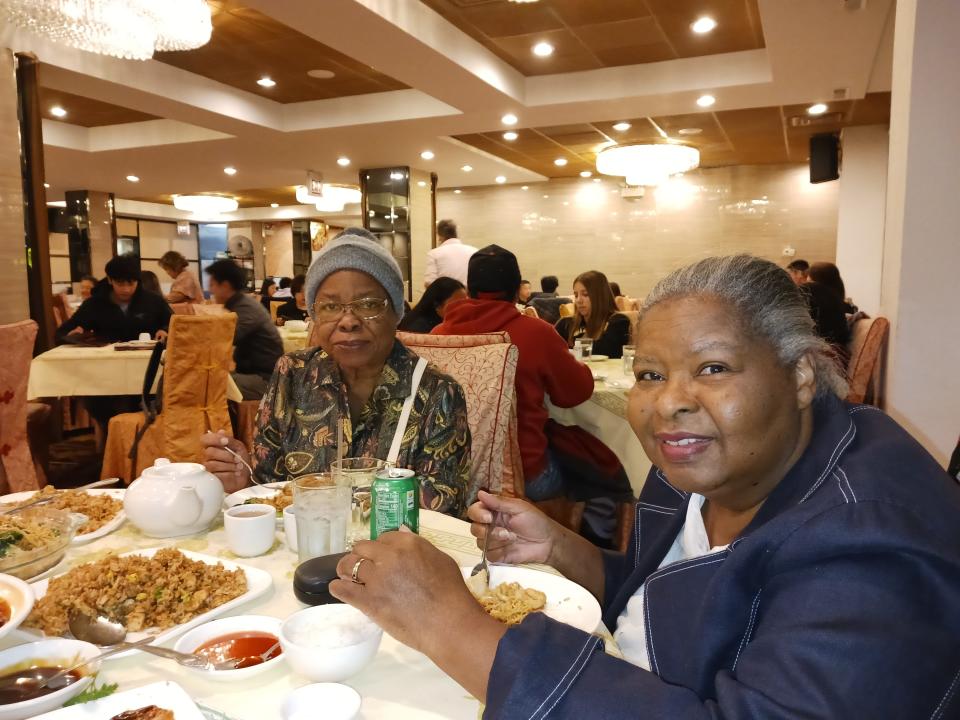
A heart arrives
When Carolyn and William moved to Chicago, the Jehovah's Witnesses community set them up in an apartment near the hospital where William could stay until Carolyn got the heart and where they both could be for the year after surgery.
Before a heart was available, Carolyn had a balloon inserted to support her failing heart so she would be in better shape for the transplant. Her hypertension was difficult to manage, but they worked with her medications. She did physical therapy and watched a lot of TV, especially cooking shows.
The McLeods got the call that there was a heart on Saturday, Sept. 2. The donor gave many organs, which meant that Carolyn's surgeons had to wait until the heart team got its turn. By 3 a.m. Monday, Carolyn was headed to the operating room.
By 7 a.m., her new heart was hooked up.
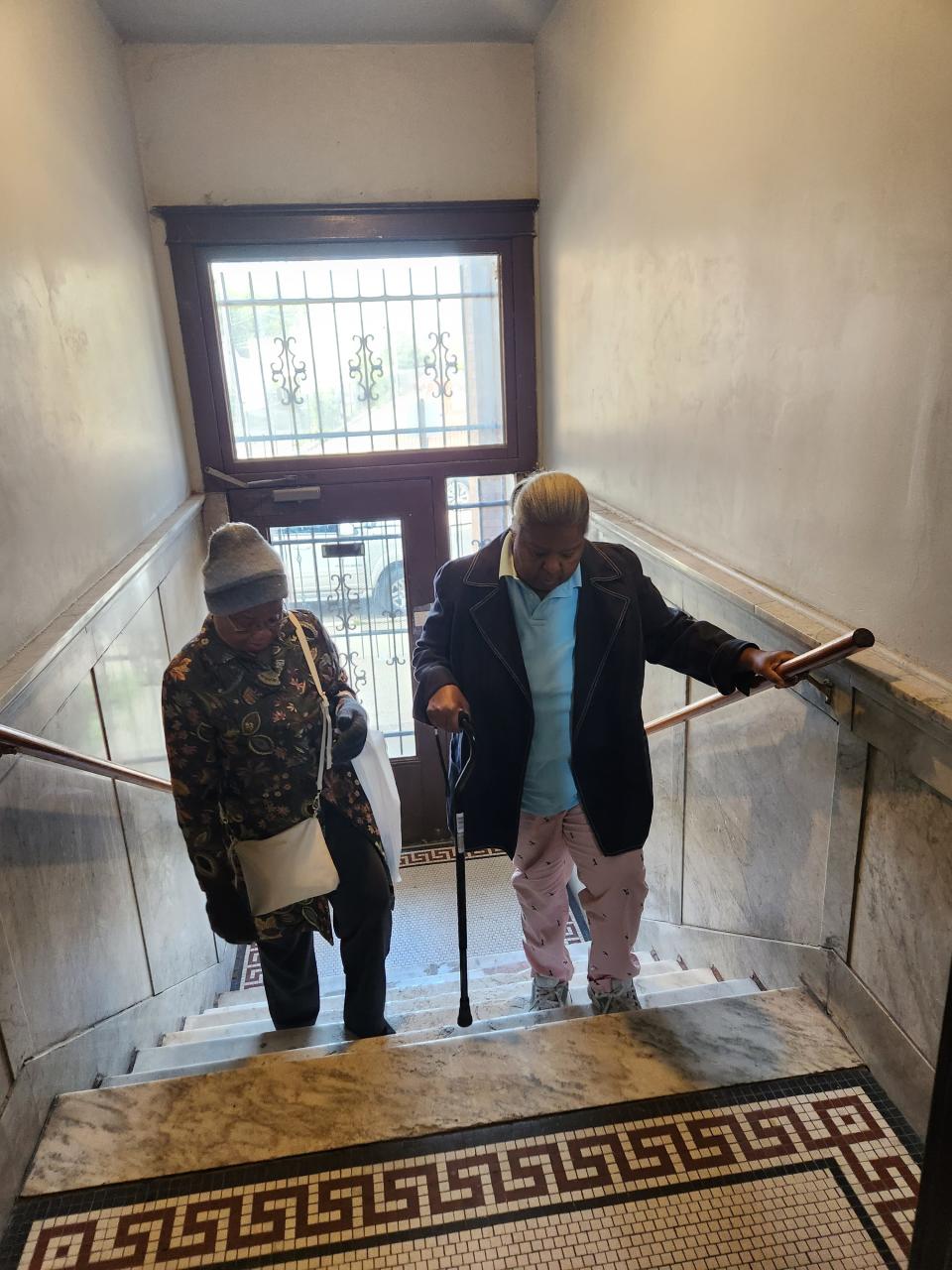
"I nearly collapsed when he told me everything had gone all right," William said.
The team carefully monitored Carolyn after the transplant. Sometimes, the hemoglobin will go down to a level where normally blood would be given, but "our nurses don't panic," Jeevanandam said. They give some medications and let the body do its recovery.
Carolyn was able to leave the hospital Sept. 19.
"I don't feel like I had a heart transplant," she said a few weeks later. "I feel as though nothing happened."
She does notice she's not "heaving" as much in her breathing.
When William thinks of his wife's progress, "it's incredible," he said. "With a little physical conditioning, she's going to be more like what she was like before" — before the heart failure, before she had to stop working.
Always in their mind is the donor:
"I'm grateful for what I have, to get this heart," Carolyn said. "I'm sorry someone had to die for me to get it. I keep thinking about that person."
This article originally appeared on Austin American-Statesman: Texas woman, a Jehovah's Witness, receives bloodless heart transplant

